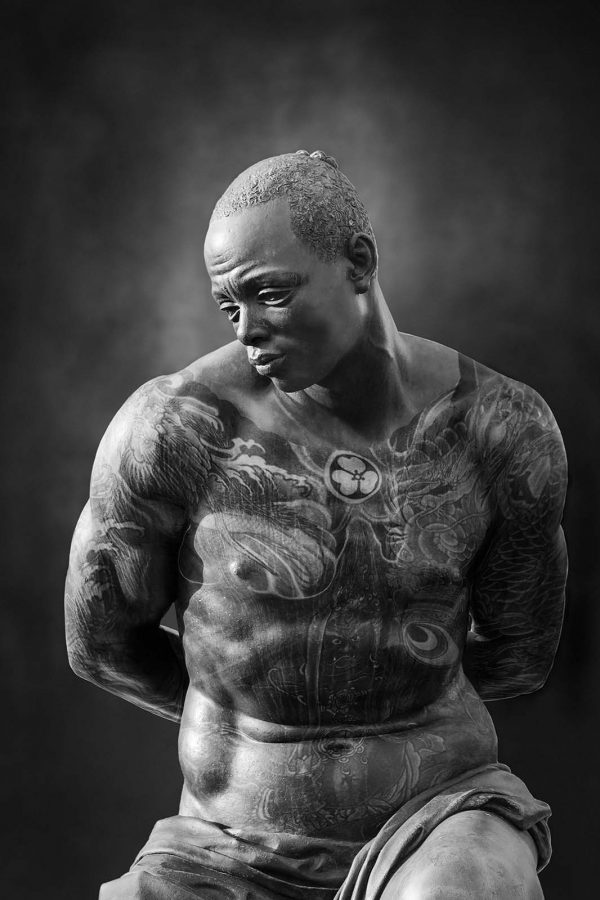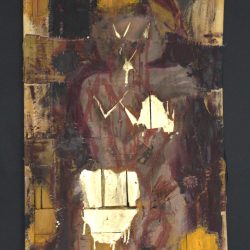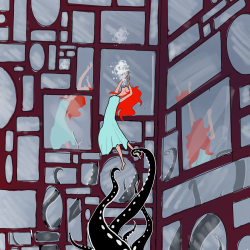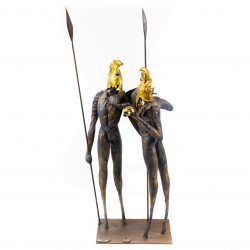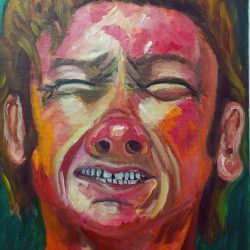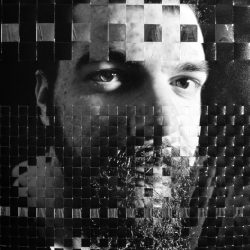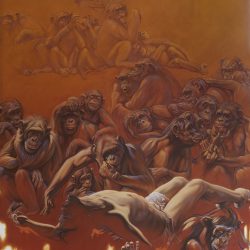work
Quattro Mori, Tacca, 1623-1626
| category | Photography |
| subject | Human figure |
| tags | artecontemporanea tattoo |
| base | 46 cm |
| height | 70 cm |
| depth | 3 cm |
| year | 2015 |
This work is part of the group of works born in 2015 called Compunctio Aesthetica:
8200 kilometers traveled, hundreds of statues, thousands of tattoos, half a million shots, five years of work and a single idea: exploring aesthetics and its realm.
Aesthetica: a term coined by Baugmarten in 1735. It is defined as the doctrine of emotional knowledge. In the eighteenth century, in a specific and technical sense, the doctrine of beauty, natural or artistic, is the actual experience of beauty, of art production and art products, which characterizes a historical period, a civilization, an artist’s work, the thought of an author, or of a philosopher.
Before Baugmarten, we find track of the definition of artistic activities in the Hellenistic civilization. Techné was the term used to indicate every human operation aimed at modifying and transforming the things of nature. Ever since the first evidence of it, man has always tended to transform the symbols of nature, aiming at perfection and coining, during different cultural eras and situations, an aesthetic canon ad hoc, or a revised aesthetic ideal of the body recognized as “objectively beautiful” from society.
Today, in the age of personalization, the tattoo phenomenon seems to erase the concept of absolute beauty, sedimenting under the skin regardless of beauty, color, size, height or age. If all this had happened in the past (in a widespread way and outside the specific cultures that had adopted and developed it), it would have certainly forced painters and sculptors to find a solution to understand it and represent it.
Here, then, the world my imagination took over.
Natural Light and post production, 10 in Fine art Baritata 300gr, framed.



